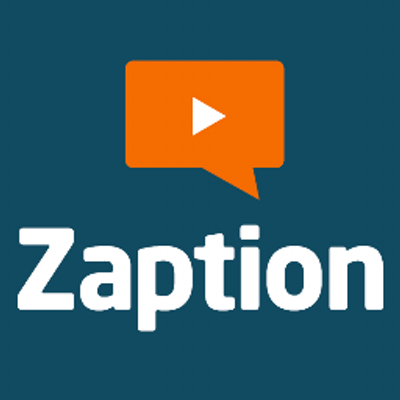Responding to Music with Technology
In this
highly technological world it is becoming more important every day to stay ass
up to date as possible with the technology associated with your professional
field. The more skilled an individual becomes in technology related to his or
her field the easier things can be accomplished. This is no different in the
music education field. This is true in every aspect from creating, rehearsing
and even performing the music that is being taught.
This week
in Technology Assisted Music Learning the focus was mainly about using
technology to respond to music. A program was to be arbitrarily selected,
reviewed and evaluated based on 6 criteria read about in the text.
Ø Citation
and General Information
Ø Teacher
Support
Ø Instructional
Content
Ø Instructional
Design and Pedagogical Soundness
Ø Record
Keeping
Ø Overall
Evaluation.
This information can be found:
Bauer,
W. I. (2014). Music learning today: Digital pedagogy for creating, performing, and responding to music. New York, NY: Oxford
University Press.
Social Bookmarking Project
Social bookmarking is a very
organized and time saving method to look up music education resources that may
useful for teaching purposes. As I completed this assignment I found web
resources that will definitely be useful for my instructional and motivational
purposes; especially for encouraging efficient practicing. The software to make
the social aspect of bookmarking is Diigo. Here you can learn more about Diigo
and sign up for an account:
Zaption
Zaption was used mainly for a listening exercise
that would have students more interactive with than just listening. I do feel in
the future I can use for other purposes than just lecturing to students on
different topics. Topics like the history of the steel pan or how the pan is
made. This is where you can get started with Zaption: http://www.zaption.com/tours



